Arduino Cookbook. Recipes to Begin, Expand, and Enhance Your Projects. 3rd Edition Michael Margolis, Brian Jepson, Nicholas Robert Weldin
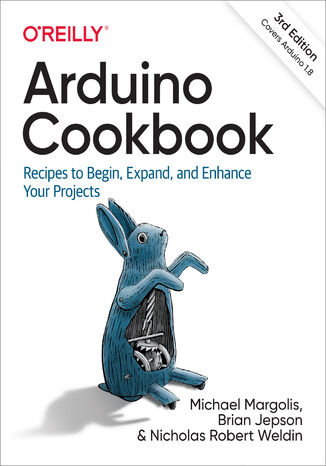



- Autorzy:
- Michael Margolis, Brian Jepson, Nicholas Robert Weldin
- Wydawnictwo:
- O'Reilly Media
- Ocena:
- Stron:
- 798
- Dostępne formaty:
-
ePubMobi
Opis
książki
:
Arduino Cookbook. Recipes to Begin, Expand, and Enhance Your Projects. 3rd Edition
Want to create devices that interact with the physical world? This cookbook is perfect for anyone who wants to experiment with the popular Arduino microcontroller and programming environment. You’ll find more than 200 tips and techniques for building a variety of objects and prototypes such as IoT solutions, environmental monitors, location and position-aware systems, and products that can respond to touch, sound, heat, and light.
Updated for the Arduino 1.8 release, the recipes in this third edition include practical examples and guidance to help you begin, expand, and enhance your projects right away—whether you’re an engineer, designer, artist, student, or hobbyist.
- Get up to speed on the Arduino board and essential software concepts quickly
- Learn basic techniques for reading digital and analog signals
- Use Arduino with a variety of popular input devices and sensors
- Drive visual displays, generate sound, and control several types of motors
- Connect Arduino to wired and wireless networks
- Learn techniques for handling time delays and time measurement
- Apply advanced coding and memory-handling techniques
Wybrane bestsellery
Michael Margolis, Brian Jepson, Nicholas Robert Weldin - pozostałe książki
O'Reilly Media - inne książki
Dzięki opcji "Druk na żądanie" do sprzedaży wracają tytuły Grupy Helion, które cieszyły sie dużym zainteresowaniem, a których nakład został wyprzedany.
Dla naszych Czytelników wydrukowaliśmy dodatkową pulę egzemplarzy w technice druku cyfrowego.
Co powinieneś wiedzieć o usłudze "Druk na żądanie":
- usługa obejmuje tylko widoczną poniżej listę tytułów, którą na bieżąco aktualizujemy;
- cena książki może być wyższa od początkowej ceny detalicznej, co jest spowodowane kosztami druku cyfrowego (wyższymi niż koszty tradycyjnego druku offsetowego). Obowiązująca cena jest zawsze podawana na stronie WWW książki;
- zawartość książki wraz z dodatkami (płyta CD, DVD) odpowiada jej pierwotnemu wydaniu i jest w pełni komplementarna;
- usługa nie obejmuje książek w kolorze.
Masz pytanie o konkretny tytuł? Napisz do nas: sklep@helion.pl
Książka drukowana




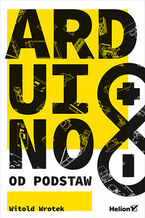
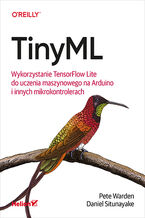
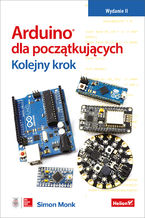
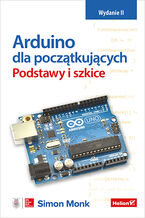
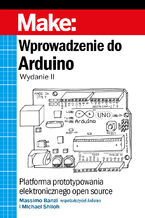
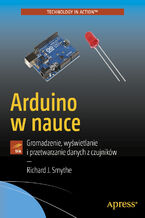
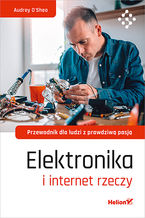
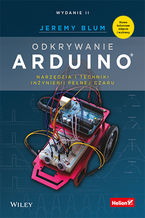

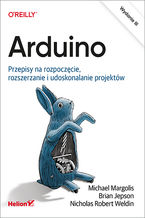
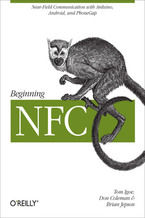

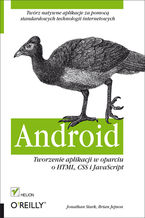
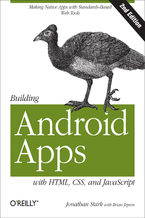

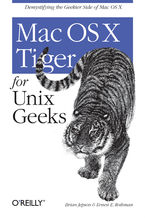






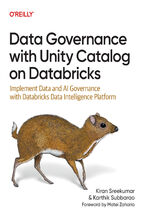
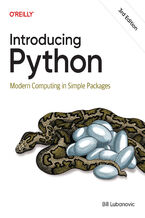
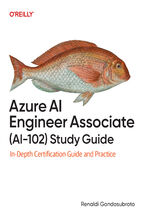
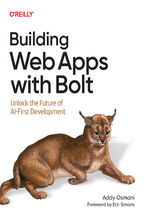
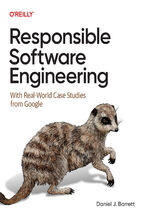
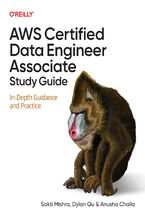
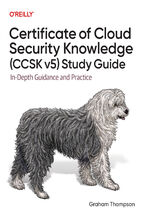
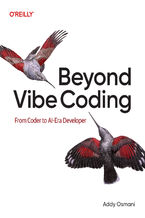
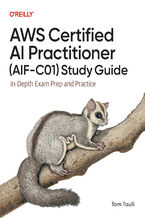
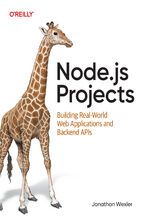



Oceny i opinie klientów: Arduino Cookbook. Recipes to Begin, Expand, and Enhance Your Projects. 3rd Edition Michael Margolis, Brian Jepson, Nicholas Robert Weldin
(0)